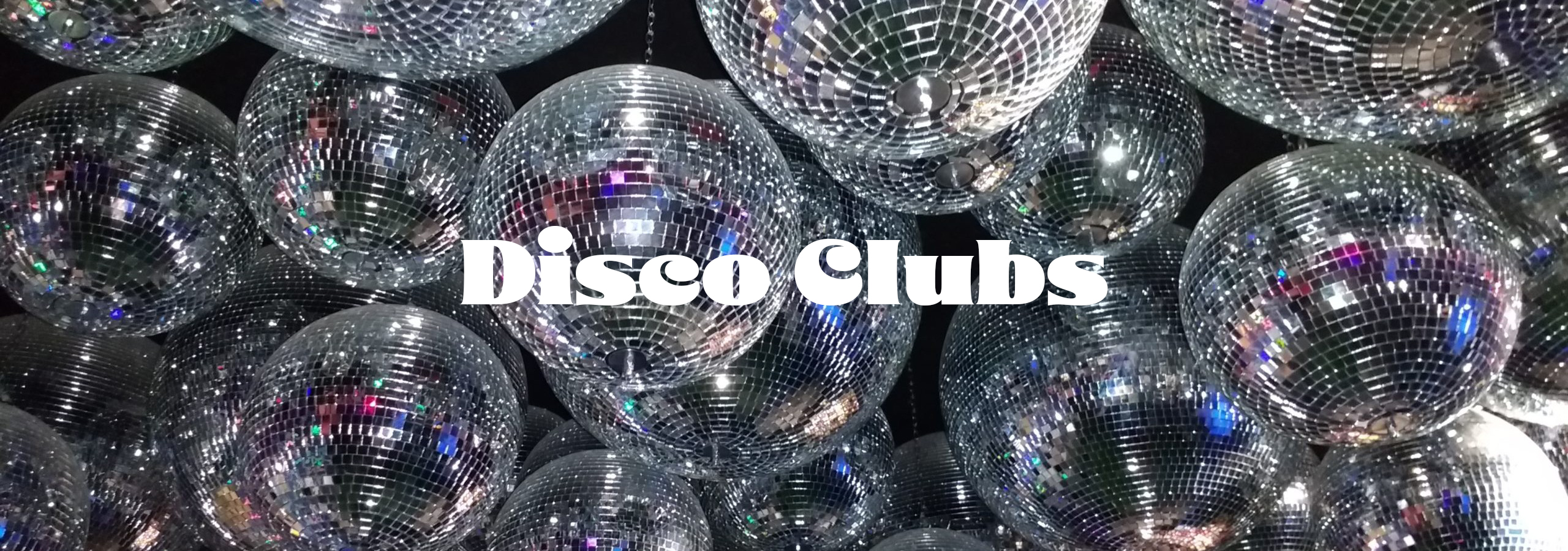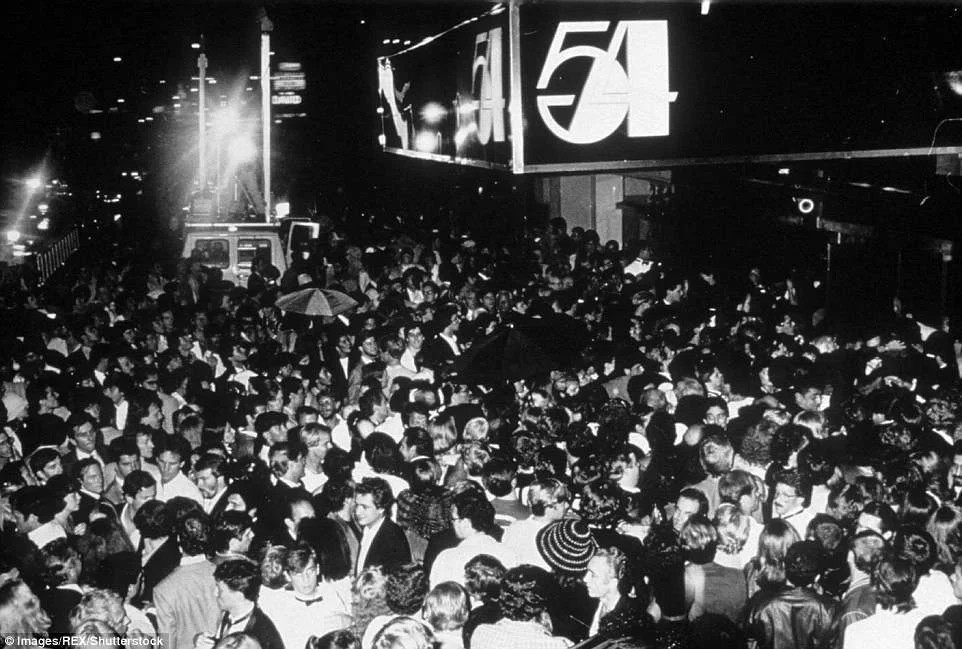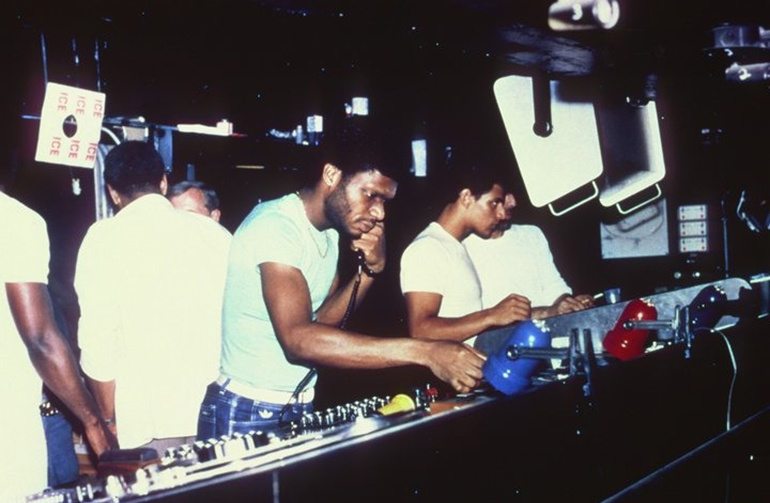
Popular Disco Clubs of the 70s

Studio 54
In the late 1970s, Studio 54 emerged as one of New York City’s most iconic nightlife venues, renowned for its extravagant atmosphere and cultural significance during the height of the disco era. Located in a converted theater in midtown Manhattan, the club became internationally recognized for its glamorous environment, blending elements of performance, fashion, and music. For those who gained entry past the exclusive velvet rope, Studio 54 offered a sense of escapism, luxury, and freedom rarely found elsewhere.
Opened in the spring of 1977 by club promoters Steve Rubell and Ian Schrager, Studio 54 quickly became a symbol of the disco generation. The duo transformed the former opera house into a space that defied traditional nightclub expectations, incorporating avant-garde aesthetics and fostering a diverse and eclectic crowd.
The club attracted a mix of celebrities, business figures, artists, and members of the LGBTQ+ community, helping to establish it as a cultural hub. Studio 54 played a central role in shaping nightlife, fashion, and music trends of the era, coinciding with the rising popularity of disco artists such as the Village People and Sylvester, as well as the release of Saturday Night Fever. Its inclusive environment and bold programming contributed to its lasting influence on New York’s social and cultural landscape.

Paradise Garage
Paradise Garage was a notable semi-underground nightclub in New York City that prioritized music and dance over commercial appeal. Unlike many venues of its time, it operated as a membership-only club, offering access exclusively to members regardless of their race, class, or sexual orientation.
Founded in 1977 by sole proprietor Michael Brody with support from financier Mel Cheren, the club originally opened as the 84 King Street Garage, hosting “construction” parties during ongoing renovations. It officially reopened as Paradise Garage on January 28, 1978. DJ Larry Levan, in collaboration with sound engineer Richard Long of Richard Long & Associates, helped design and build a state-of-the-art sound system that earned a reputation as one of the best in the city.
Operating only on weekends, the venue featured a unique layout accessible through a garage door entrance. Guests ascended a ramp to the second floor, where a 10,000-square-foot space included a 5,000-square-foot dance floor capable of holding up to 2,000 people, and a 2,000-square-foot lounge area. The club did not serve alcohol or food, enabling it to remain open well past regular bar hours, often into the next morning.
Larry Levan’s innovative DJ sets shaped the musical landscape of the time, with his selections influencing not just club culture but also mainstream radio and record sales. His work at Paradise Garage is widely regarded as a foundational influence on the development of house music, with his legacy extending across the U.S. and into Europe’s evolving dance scenes.